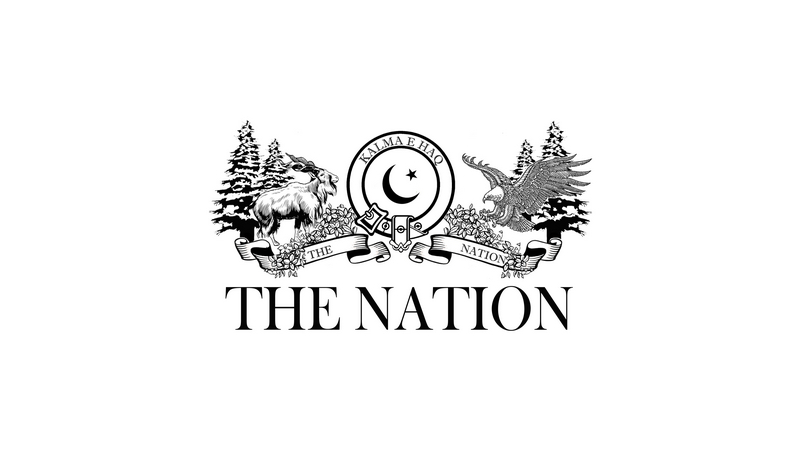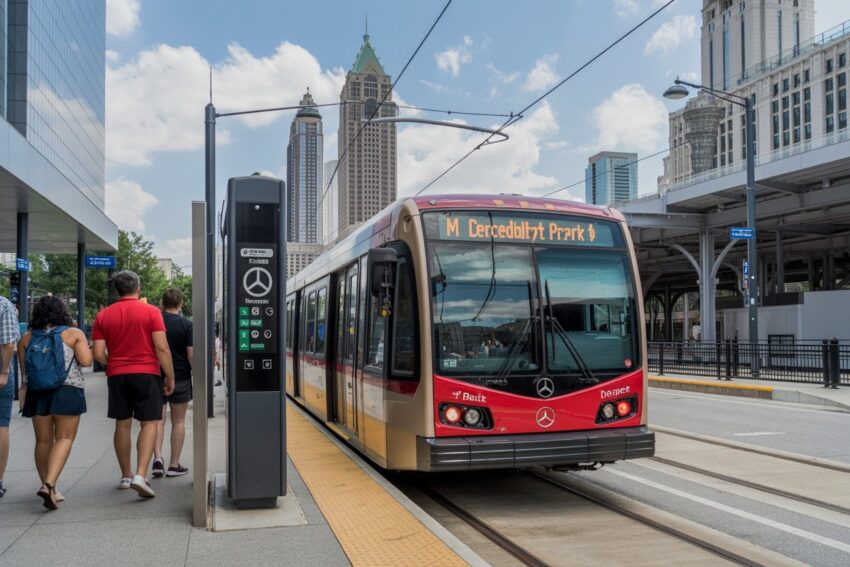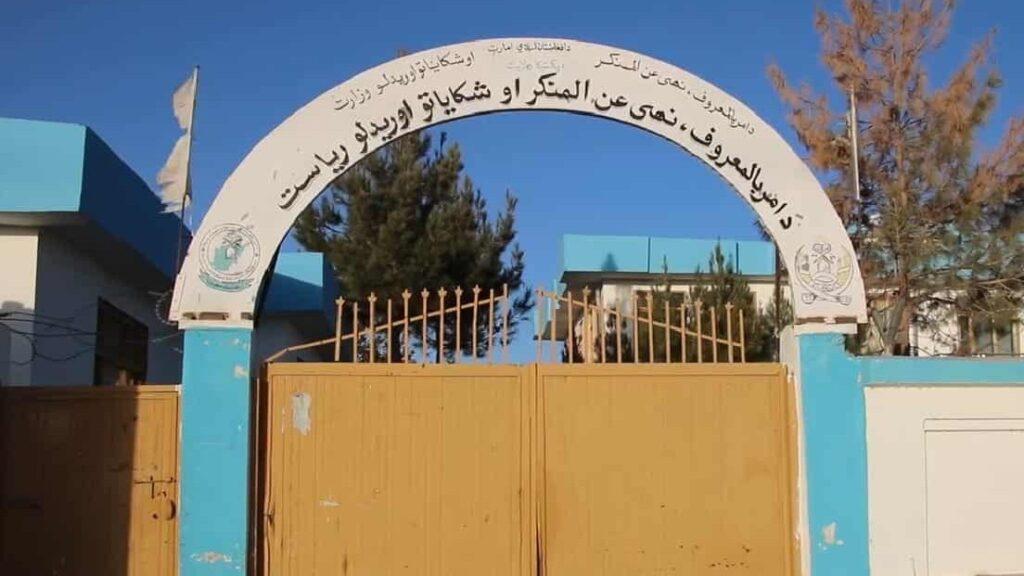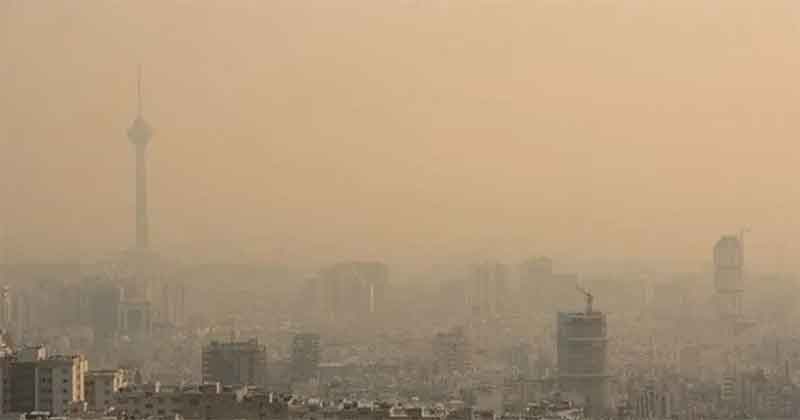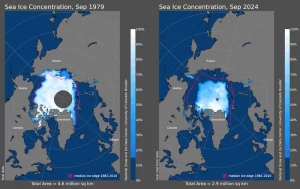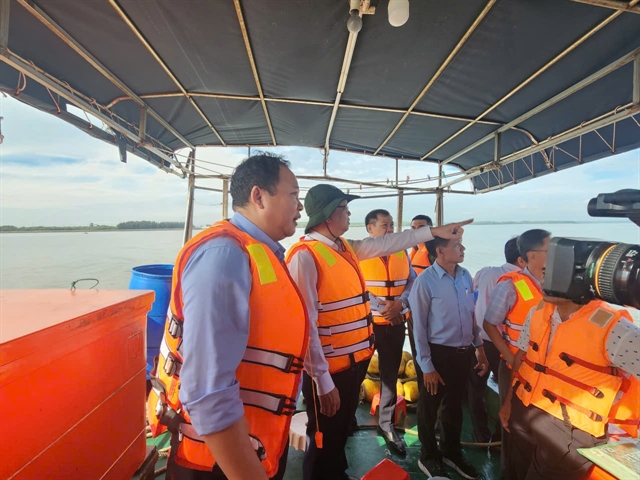Amid uninsurable warning, parametric solutions seen as future for addressing rising climate risks – InsuranceAsia News

Report on Parametric Insurance as a Strategic Tool for Climate Risk Mitigation and Sustainable Development
A report issued on November 17, 2025, highlights growing concerns within the global insurance sector regarding the escalating financial risks posed by climate change. Coinciding with the COP30 climate summit, the analysis warns that increasing climate-related exposures are testing the capacity of traditional insurance models, potentially rendering certain risks uninsurable. In response, the report identifies parametric insurance solutions as a critical innovation for addressing these challenges and advancing the United Nations Sustainable Development Goals (SDGs).
The Climate Crisis and its Impact on Insurance Viability
The increasing frequency and severity of natural catastrophes, driven by climate change, present a direct threat to global stability and the achievement of the SDGs. The potential for an “uninsurability crisis” has profound implications for several key development goals.
- SDG 1 (No Poverty) & SDG 11 (Sustainable Cities and Communities): Without access to affordable insurance, vulnerable communities are unable to recover from climate-related disasters, leading to increased poverty and less resilient settlements.
- SDG 8 (Decent Work and Economic Growth): A lack of insurance coverage destabilizes economies by leaving businesses, infrastructure, and supply chains exposed to catastrophic losses, thereby hindering sustainable economic growth.
- SDG 13 (Climate Action): The limitations of the traditional insurance model underscore the urgent need for innovative financial mechanisms that support climate adaptation and resilience.
Parametric Solutions: Aligning Financial Innovation with Sustainable Development
Parametric insurance, which provides pre-agreed payouts based on specific event triggers (e.g., hurricane wind speed, earthquake magnitude), is presented as a forward-looking solution. This approach offers a more efficient and transparent method for managing climate risks, directly supporting the SDG framework.
- Enhancing Climate Resilience (SDG 13): By providing rapid liquidity following a disaster, parametric solutions enable governments, businesses, and communities to begin recovery efforts immediately, significantly strengthening their adaptive capacity to climate-related hazards.
- Fostering Resilient Infrastructure and Innovation (SDG 9): This innovative insurance model encourages investment in resilient infrastructure by providing reliable financial protection. It represents a key innovation in the financial industry, tailored to the realities of a changing climate.
- Building Global Partnerships (SDG 17): The successful implementation of parametric solutions requires strong partnerships between the public and private sectors, including insurers, governments, and international development organizations, to create scalable and effective risk-transfer mechanisms.
Conclusion: The Future Role of Insurance in Achieving the SDGs
The shift towards parametric insurance is not merely a commercial adaptation for the insurance industry but a vital strategic pivot to address the global climate crisis. By developing and scaling these solutions, the sector can play a crucial role in protecting vulnerable populations, safeguarding economic development, and building a more resilient and sustainable future. This evolution is essential for fulfilling the global commitments outlined in the Sustainable Development Goals, particularly those related to climate action, poverty reduction, and sustainable economic growth.
Analysis of Sustainable Development Goals in the Article
1. Which SDGs are addressed or connected to the issues highlighted in the article?
-
SDG 13: Climate Action
- The article’s central theme is the impact of “rising climate risks” on the insurance industry. It directly addresses the urgency of climate action by discussing the “COP30 climate summit” and the “reality of climate change,” which are core components of SDG 13.
-
SDG 9: Industry, Innovation, and Infrastructure
- The article highlights the need for innovation within the insurance industry to cope with climate change. The mention of “parametric solutions seen as future” points towards developing new, resilient financial infrastructure and innovative products to manage climate-related economic losses.
-
SDG 8: Decent Work and Economic Growth
- The “uninsurable warning” and the statement that the insurance industry is “facing its own climate crisis” imply a significant threat to economic stability. A functioning insurance sector is vital for economic growth by providing a safety net for businesses and individuals against disasters. The article discusses the capacity of this key financial sector to manage future risks.
-
SDG 17: Partnerships for the Goals
- The article’s context, discussing the insurance industry’s response to climate change at the “COP30 climate summit,” underscores the need for multi-stakeholder partnerships. It implies a collaboration between governments, international bodies, and the private sector (insurers) to address a global challenge, which is the essence of SDG 17.
2. What specific targets under those SDGs can be identified based on the article’s content?
-
Under SDG 13 (Climate Action):
- Target 13.1: Strengthen resilience and adaptive capacity to climate-related hazards and natural disasters in all countries. The article’s focus on “parametric solutions” is about creating financial tools to enhance resilience and help communities and economies adapt to the impacts of climate change.
-
Under SDG 9 (Industry, Innovation, and Infrastructure):
- Target 9.1: Develop quality, reliable, sustainable and resilient infrastructure… to support economic development. The discussion of innovative insurance solutions represents an effort to build resilient financial infrastructure capable of withstanding the shocks from “rising climate risks.”
-
Under SDG 8 (Decent Work and Economic Growth):
- Target 8.10: Strengthen the capacity of domestic financial institutions to encourage and expand access to banking, insurance and financial services for all. The article directly addresses this by highlighting that “potential exposures [are] set to test its capaci[ty],” indicating a focus on ensuring the insurance industry remains robust and capable of providing its essential services.
-
Under SDG 17 (Partnerships for the Goals):
- Target 17.17: Encourage and promote effective public, public-private and civil society partnerships. The setting of the “COP30 climate summit” as the backdrop for this discussion implicitly points to the global, multi-stakeholder partnerships required to develop and implement solutions for climate risks.
3. Are there any indicators mentioned or implied in the article that can be used to measure progress towards the identified targets?
-
Implied Indicators for SDG 13:
- Indicator for Target 13.1: The adoption and implementation of innovative risk-transfer mechanisms. The article implies this by presenting “parametric solutions” as a key strategy, suggesting that their development and market penetration could be a measure of progress in building financial resilience to climate disasters.
-
Implied Indicators for SDG 9:
- Indicator for Target 9.1: The proportion of the financial services sector (insurance) invested in developing and deploying innovative and resilient products. The article’s focus on new solutions suggests that tracking investment in and the availability of products like parametric insurance would be a relevant indicator.
-
Implied Indicators for SDG 8:
- Indicator for Target 8.10: The capacity of the insurance industry to cover losses from climate-related events. The article’s “uninsurable warning” implies that a key metric is the insurance protection gap—the difference between total economic losses and insured losses from natural catastrophes. A reduction in this gap would indicate progress.
-
Implied Indicators for SDG 17:
- Indicator for Target 17.17: The number and value of public-private partnerships focused on climate risk financing. The discussion occurring at the COP30 summit suggests that formal agreements and financial commitments between governments and the insurance industry to manage climate risk would serve as a clear indicator.
4. Summary Table of SDGs, Targets, and Indicators
| SDGs | Targets | Indicators (Implied from the Article) |
|---|---|---|
| SDG 13: Climate Action | 13.1: Strengthen resilience and adaptive capacity to climate-related hazards and natural disasters. | The rate of development and adoption of innovative insurance products (“parametric solutions”) designed for climate-related disasters. |
| SDG 9: Industry, Innovation, and Infrastructure | 9.1: Develop quality, reliable, sustainable and resilient infrastructure to support economic development. | Investment in and availability of resilient financial infrastructure and products capable of managing “rising climate risks.” |
| SDG 8: Decent Work and Economic Growth | 8.10: Strengthen the capacity of domestic financial institutions to expand access to insurance and financial services. | The stability and capacity of the insurance sector to cover climate-related losses, measured by the insurance protection gap. |
| SDG 17: Partnerships for the Goals | 17.17: Encourage and promote effective public, public-private and civil society partnerships. | The number of formal collaborations and financial commitments between governments and the private insurance sector emerging from global forums like the “COP30 climate summit.” |
Source: insuranceasianews.com
What is Your Reaction?
 Like
0
Like
0
 Dislike
0
Dislike
0
 Love
0
Love
0
 Funny
0
Funny
0
 Angry
0
Angry
0
 Sad
0
Sad
0
 Wow
0
Wow
0
